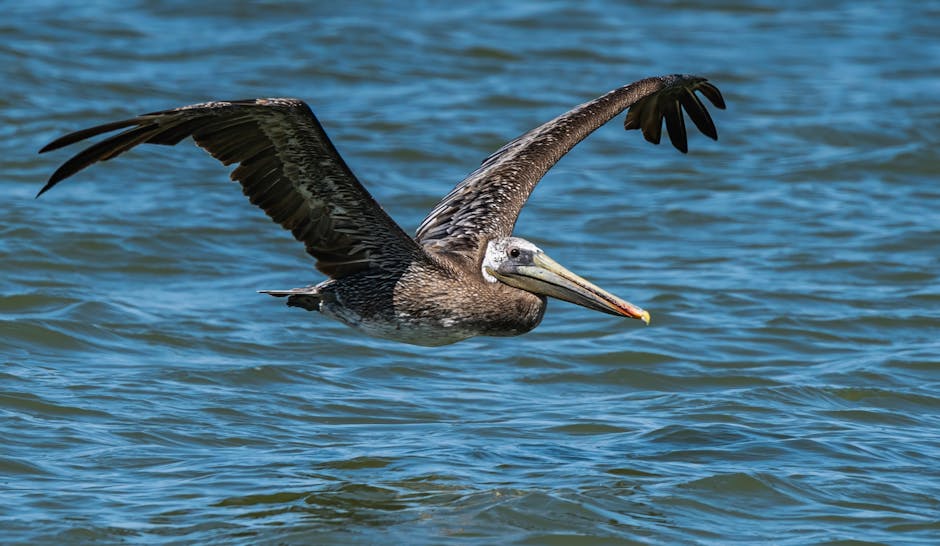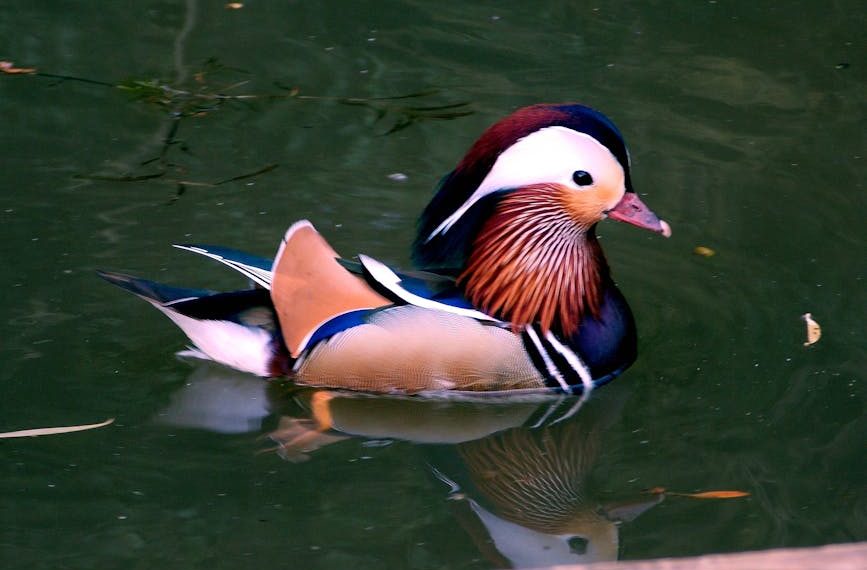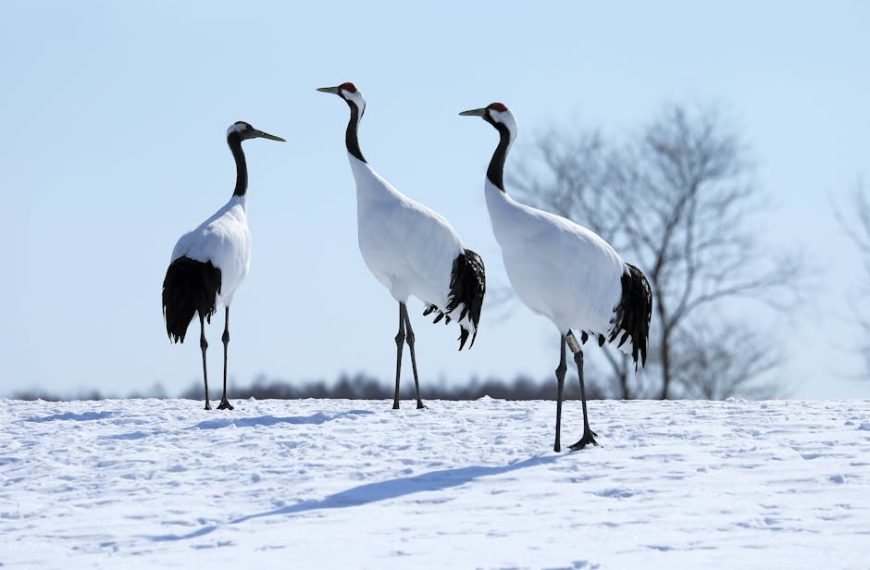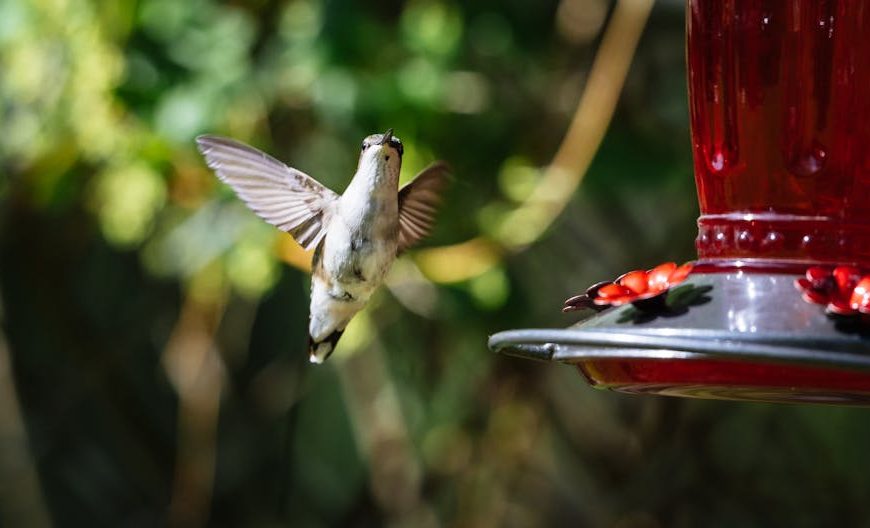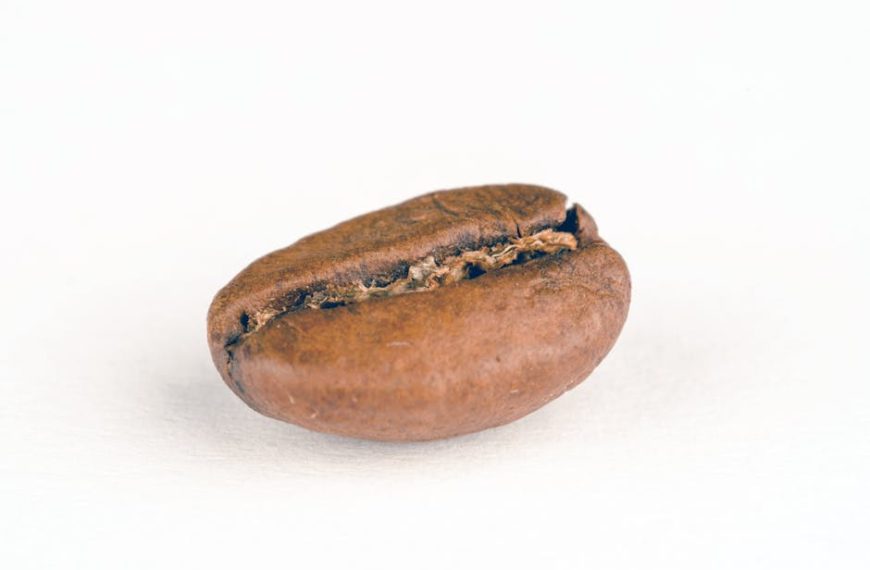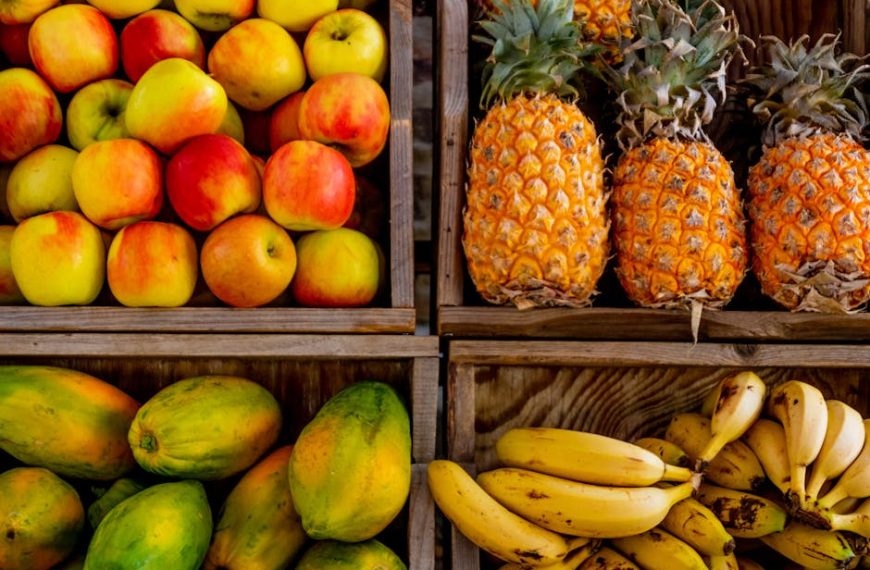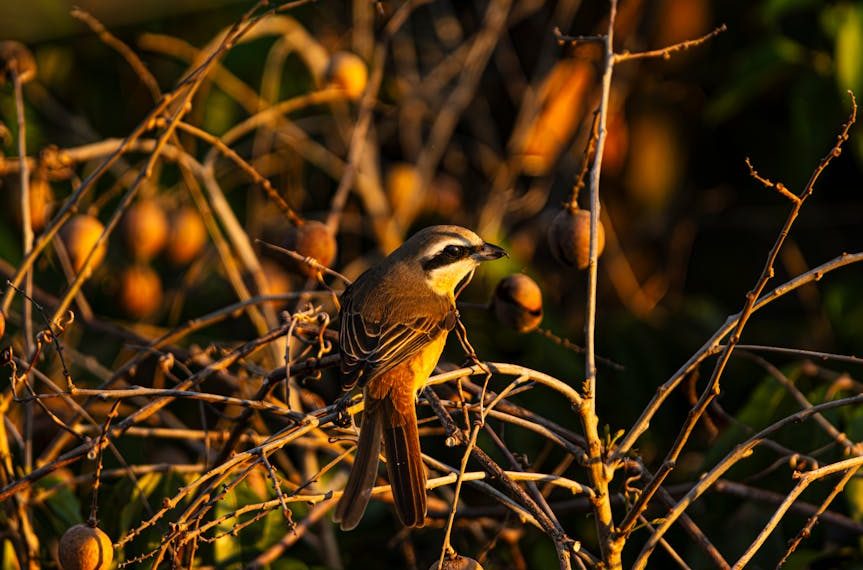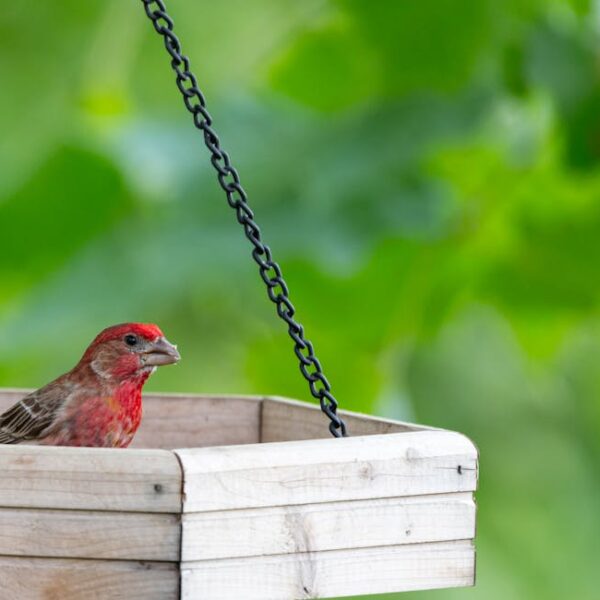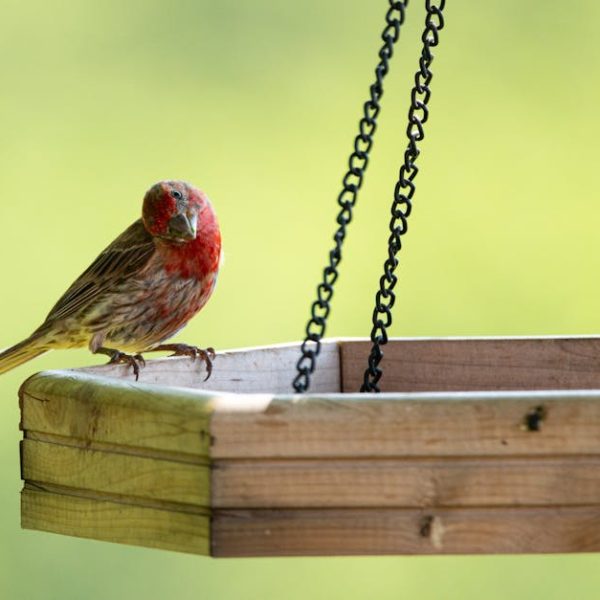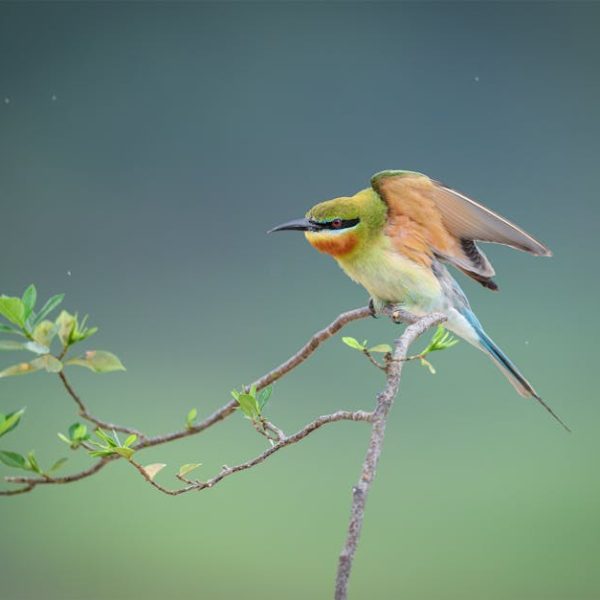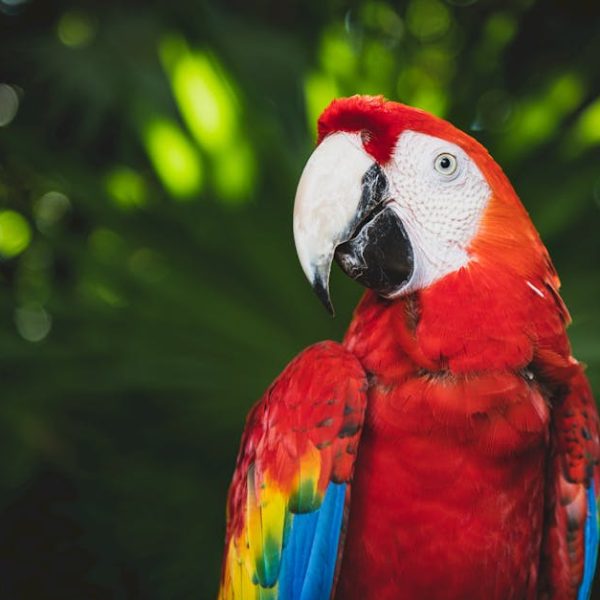Beyond the shores, amidst the ethereal calm of the seas, live the intriguing creatures known as pelicans. These large seabirds are recognized for their elongated beaks coupled with a capacious throat pouch used predominantly for capturing prey from beneath the water surface. Their customary diet revolves around fish, amphibians, and crustaceans. Being skilled hunters, pelicans carry out a unique eating process where they nonchalantly swoop down on the glistening water and use their pouch as a makeshift net to capture their underwater prey.
Observing these magnificent birds’ feeding patterns and tracking their preferred food items can reveal a cyclical pattern tied closely to the aquatic life forms’ availability. Despite this established diet, instances of pelicans preying on other birds have been documented, nudging us towards the unsettling question – why do pelicans prey on other birds?
Delving into the Phenomenon of Cannibalism among Pelicans
Instances of pelicans exhibiting cannibalistic behavior might seem unconventional. However, these instances, although relatively rare, indicate a sinister deviation from their mundane dietary habits. Such instances, primarily reported during breeding seasons, are seen as a survival mechanism rather than a standard feeding tradition. The probability and frequency of this peculiar behavior predominantly hinges on various external conditions, presenting the bird-watchers with an unpredictable and intriguing phenomenon.
Employing bird-watching equipment could offer valuable insights into the life and times of pelicans, especially when these seabirds resort to cannibalism. This observational method ensures minimal human intervention and provides an opportunity to witness and analyze the behavior in its most organic state.
Dissecting the Triggers of Cannibalism
A range of significant factors could act as catalysts, propelling pelicans towards wading into the murky waters of cannibalism. Predominantly, challenges emanating from their environment or overbearing survival instincts can be expansive fibers interwoven into this behavioral fabric. Scarcity of fish, their primary diet, or environmental stress, can cause them to resort to alternative food sources, including resorting to cannibalism. In certain instances, cannibalistic tendencies might serve to protect their territory or offspring from potential threats.
In usual conditions, a pelican’s behavior contrasts starkly to the times of stress, thus presenting an enthralling natural spectacle for bird-watchers and nature enthusiasts.
Weighing the Ecological Impact
Introducing cannibalism into an ecological web can cause potential ripples, impacting the larger ecosystem. Bird species often affected by these predatory pelicans could experience threats to their population balance, triggering an imbalance in the food chain. However, in the grand scheme of nature where survival is linked to adaptability, such occurrences could be deemed as a check on overpopulation or a marker of survival for the fittest.
By joining local birdwatching or conservation groups, individuals can actually take part in observing and preserving the delicate balance that exists within our local ecosystems. This direct involvement can lead to greater understanding and respect for nature’s intricate systems and adaptability mechanisms.
Nipping at the Research Heels
Research conducted on pelican’s cannibalistic behavior remains largely incipient, teetering between the exploratory stages and attempts to discover conclusive evidence. Several studies have crossed noteworthy milestones, unearthing substantial insights into this phenomenon. However, the research canvas remains vastly uncharted, with intriguing areas yet to be explored and conflicting findings waiting to be reconciled. Comparing various studies brings forth a plethora of interpretations, adding layers of complexity to the understanding of this fascinating phenomenon.
Unlocking the Intricate Jigsaw of Pelican’s Dietary Habits
Known for their large beaks and impressive throat pouches which function as nets for trapping fish, pelicans have intrigued human observers for centuries. Their preferred sustenance includes fish, amphibians, and crustaceans, with their feeding technique involving a mesmerizing swoop and plunge movement over water surfaces.
- While observing pelicans in their natural habitats, look for patterns in their feeding habits such as the time of day, location, and type of prey involved.
- Notice how environmental factors like the availability of aquatic life may influence their diet.
Despite the seemingly well-established dietary habits of these magnificent birds, there have been surprisingly documented instances of pelicans preying on other birds, prompting questions about cannibalistic behaviors within the species.
Pulling Back the Curtain on Pelican Cannibalism
Though rare, instances of pelicans exhibiting cannibalistic tendencies typically occur during breeding seasons and are more likely a survival mechanism rather than a feeding preference. These moments remain unpredictable, much to the fascination (and concern) of birdwatchers and researchers.
Pro Tip:
- Use binoculars or other bird-watching equipment to observe these behaviors from a safe distance. Keep in mind, the goal is to observe pelicans in their natural habitats without causing disruption or stress.
Unearthing the Factors behind Pelican Cannibalism
Several environmental or survival-related triggers may prompt such behaviors among pelicans. Scarcity of fish, stress factors due to environmental changes, and even territorial or protective instincts could all contribute to instances of cannibalism.
| Usual Conditions | Stress Conditions |
|---|---|
| Regular diet of fish, amphibians, and crustaceans. | May resort to cannibalism due to scarcity of usual diet or stress. |
| Primarily social behaviors and cooperative hunting. | Increased territorial and aggressive behaviors to protect offsprings. |
Assessing Ecosystem Implications
While cannibalism among pelicans can disrupt delicate ecosystems, particularly among affected bird species, it’s also important to see the larger picture. Introducing such survival mechanisms into the food chain could control overpopulation and perpetuate the survival of the fittest.
Pro Tip:
- Join local birdwatching or conservation groups to keep abreast of ecosystem changes affecting local bird populations.
Treading the Research Path
Research on pelican cannibalism is nascent, with findings oscillating between exploratory stages and conclusive evidence. While some studies have unearthed provocative insights into the phenomenon, several areas remain untouched and the reconciliation of conflicting findings is on the distant horizon.
Comparison of findings from different research can offer a multidimensional perspective and contribute to a more comprehensive understanding of these riveting behaviors. A scientific voyage to unmask this lesser-known facet of pelican behavior is indeed an invitation for bird enthusiasts and scholars alike, to delve into the mystifying world of Nature.
Key Takeaway:
- Pelicans are known to feed primarily on fish, amphibians and crustaceans, using their characteristic throat pouch to catch prey.
- Documented instances of pelicans exhibiting cannibalistic behaviour, especially during breeding seasons, indicate a deviation from their normal diet.
- Several factors, such as scarcity of traditional diet and environmental stresses, may prompt this behaviour. In some cases, cannibalism could be a strategy for protecting territory or offspring.
- Cannibalism has potential implications on the ecosystem, potentially disrupting food chain balance and affecting prey bird populations. However, it could also aid in controlling overpopulation and ensuring survival of the fittest.
- Research on pelican cannibalism is still in preliminary stages, with a lot of unexplored areas and conflicting findings to reconcile.
In understanding and observing pelicans, we continue to learn more about the intricacies of nature and the survival mechanisms employed by different species. The world of these fascinating seabirds invites us to delve deeper into their surprising behaviours, contributing to our overall understanding of biodiversity and ecosystems. As we continue to explore, interpret and respect these practices, let’s maintain our curiosity and appreciation for the complexity and resilience of nature.
FAQs
Q: Are pelican’s cannibalistic behaviors common to all species of pelicans?
A: Not all species may exhibit these behaviors. It may vary depending on their ecosystem, environmental stressors and availability of traditional food sources.
Q: How frequently does cannibalism occur among pelicans?
A: Occurrences are relatively rare and primarily documented during breeding seasons. The frequency might depend on several external factors, including environmental stress and food scarcity.
Q: What is the most likely reason for a pelican to resort to cannibalism?
A: While the exact cause can vary, the most common triggers seem to be scarcity of their traditional diet and high levels of environmental stress.
Q: Does pelican cannibalism pose a danger to other bird species?
A: Cannibalism among pelicans could potentially disrupt the population balance of certain bird species, causing a ripple effect in the ecosystem.
Q: How can I safely observe these behaviors in pelicans?
A: The use of bird-watching equipment like binoculars can help you observe pelicans from a safe distance without disturbing them. Joining local birdwatching or conservation groups can also be beneficial.
Encourage others to delve into the fascinating world of pelicans by sharing this article. Explore more posts on our website to satisfy your curiosity about nature and its intriguing phenomena.
